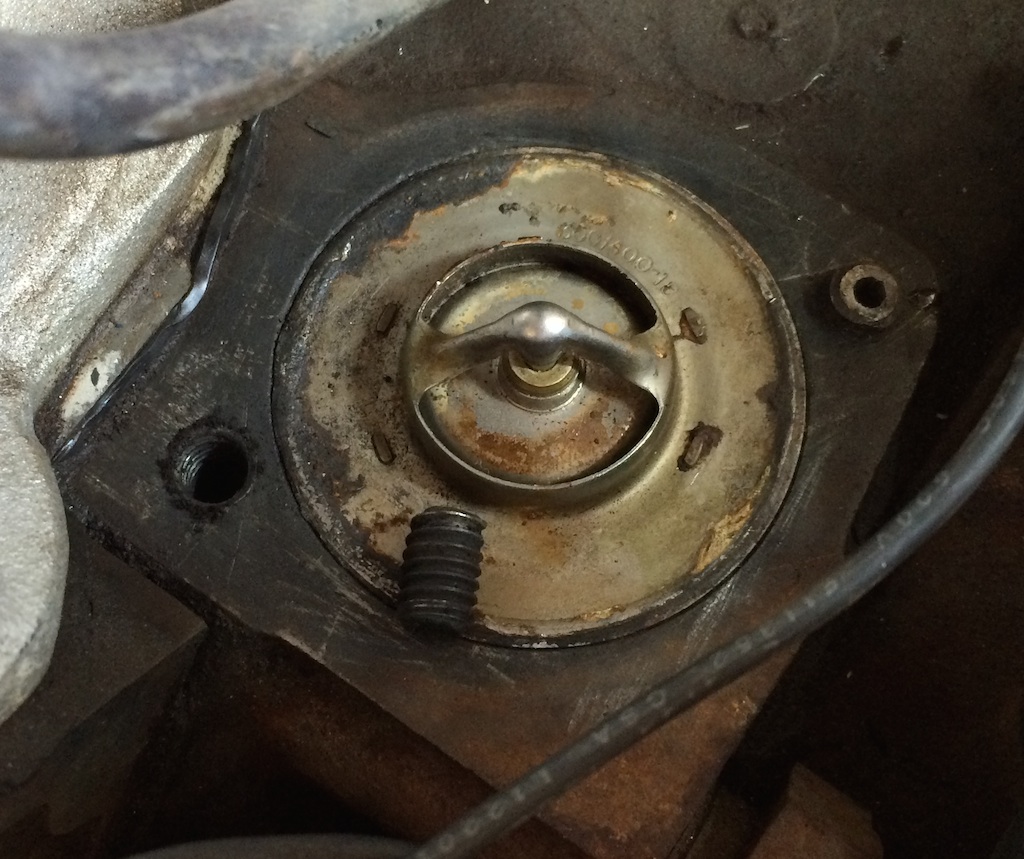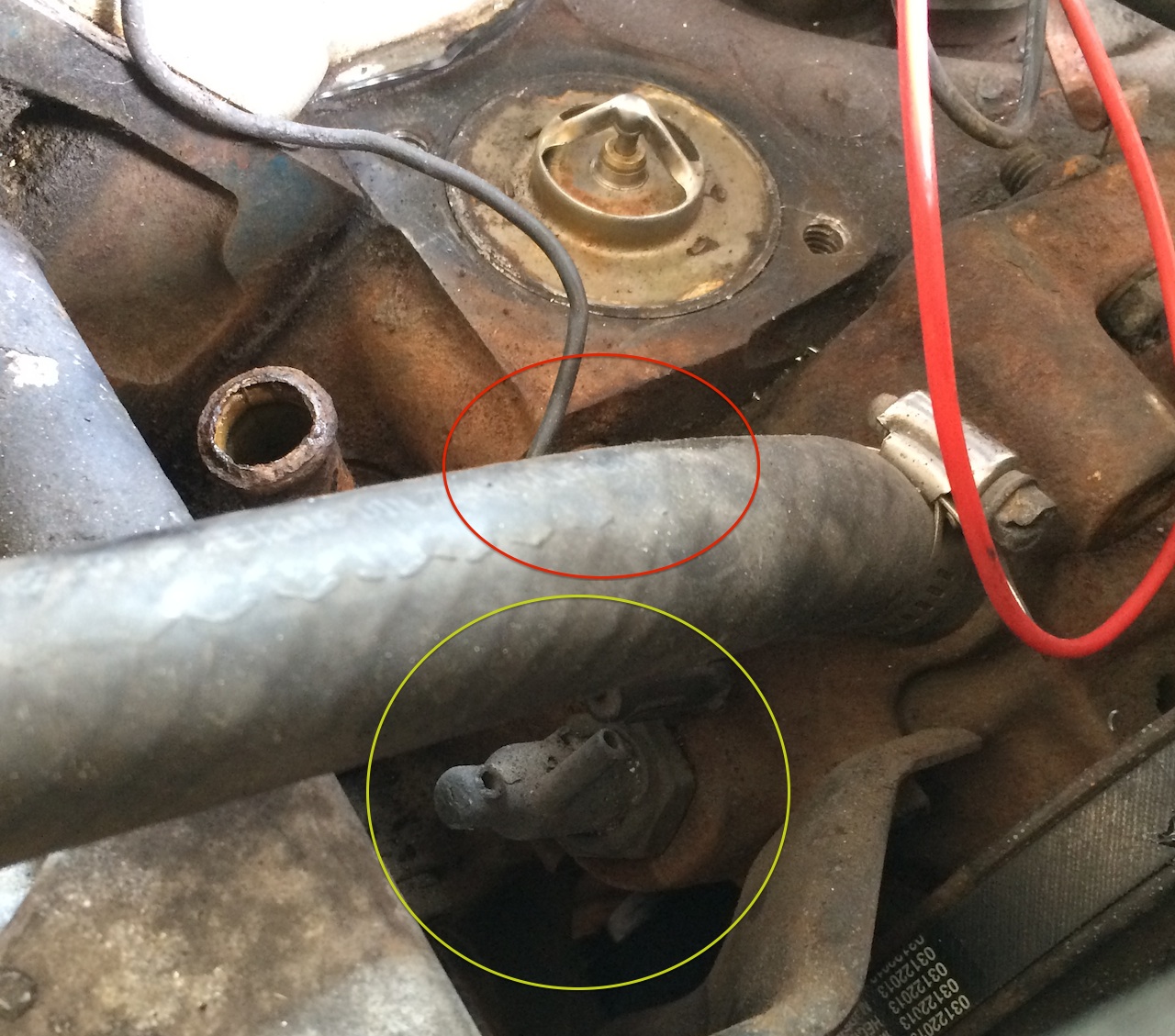- Joined
- Nov 7, 2013
- Messages
- 1,635
- Reaction score
- 378
- Location
- Amsterdam, The Netherlands
- My Car
- 1973 Mustang Grande 351C 2V, built on the very last production day (July 6, 1973) for Grande's.
I drilled a lot of metal while I was in school and uni. Just haven't done so in the past 20 years or so ;-) When I went back quickly 2 days ago I did hit a center in first and then drilled a few mills deep with a 1.5 mm drill bit on not too high speed. It worked but it will take some patience, which i have. The only worry there is that I'm not drilling in straight.
I'll look into hiring MIG welding equipment and maybe I'll give that a go if I can find the guts to do that ;-)
I'll look into hiring MIG welding equipment and maybe I'll give that a go if I can find the guts to do that ;-)























































